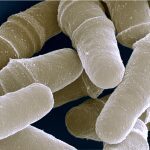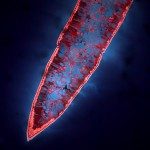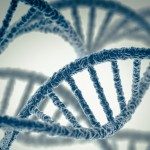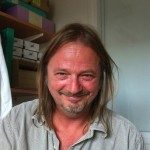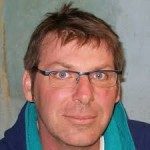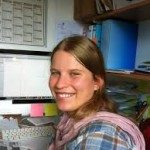About
In nature, cells alternate between replicative and non-replicative states depending on the fluctuating environmental conditions and physiological requirements (Koch, 1971). The non-replicative state resulting from cell division arrest or transition to a more specialized cellular type is predominant in nature and termed quiescence or G0. The transition between replicative and non-replicative states is interpreted by the cell as a stress that requires a quick response for cell survival. Therefore, the cells have evolved mechanisms to cope with the perpetual fluctuation of their habitat through optimized genetic and epigenetic regulations that allow a rapid metabolic adaptation, coordinate developmental programs and tissue homeostasis to ensure longevity. The quiescent state can be sustained for prolonged periods and provides a unique opportunity to analyze the outcome of time-dependent processes involved in quiescence entry, maintenance and exit (Shimanuki et al., 2013; Yanagida, 2009). Thus, nitrogen starvation is a simple system to induce differentiation and a valuable complementary approach to study biological aging in quiescence (Gangloff and Arcangioli, 2017; Valcourt et al., 2012).
We recently showed that mutations increase linearly as a function of time in quiescence, starting on day 1 (Gangloff et al., 2017) when the medium is renewed every other week. In unrefreshed medium, we selected for spontaneous mutants appearing in nitrogen starved fission yeast cells capable of resuming growth after two and three months of quiescence. Using WGS, we found recurrent de novo mutations in genes directly related to the S/MAPK pathways. Targeted resequencing and competition experiments indicated that these mutants expand clonally at the expense of the parental cell population. Thus, we uncovered an unexpected scavenging function that mediates the sacrifice of many cells for the benefit of some mutants during quiescence (Makarenko et al., 2020).
One of our goals is to define the crosstalk between the different DNA repair pathways and the biological processes contributing to spontaneous DNA lesions in quiescence. Remarkably, whereas wild type S. pombe strains survive for several weeks in quiescence, several DNA repair deficient strains analyzed under the same conditions die faster and accumulate unrepaired or mis-repaired lesions as a function of time (BenHassine and Arcangioli, 2009 ; Gangloff et al., 2017). In these mutants, death during quiescence correlates with the rapid degradation of the nuclear DNA (Arcangioli and BenHassine, 2009). Nuclear DNA degradation is a relatively young field in fission yeast, not yet widely accepted. We plan to study the relative importance of the numerous DNA repair pathways (mismatch, base excision, nucleotide excision, ribonucleotide excision, inter-strand crosslink, single strand break and double strand breaks) during quiescence. Mis-regulation in these DNA repair pathways contributes to the etiology of a large variety of cancers, rare or common as well as neurodegenerative diseases.
